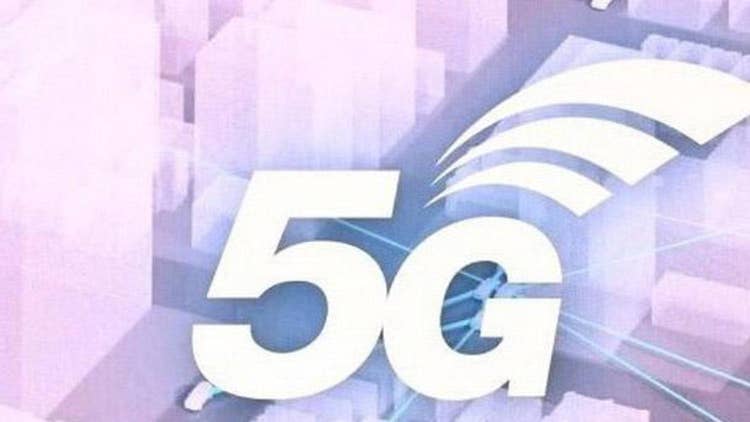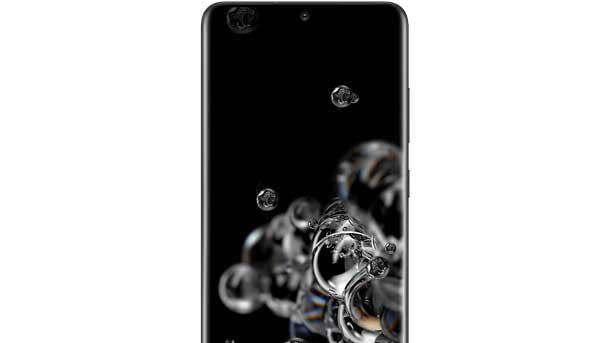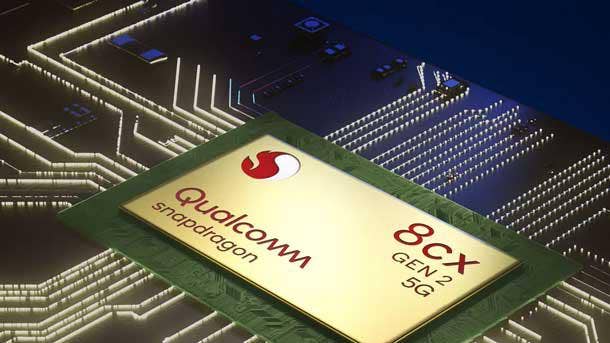The Hottest Enterprise 5G Trends We Saw At CES 2021
AT&T’s Anne Chow and Qualcomm’s Alex Holcman talked 5G availability, network slicing, new device capabilities, and business applications at CES 2021.

The Enterprise Perspective
2020 was the year that carriers across the globe began lighting up their 5G networks for the first time and despite pressures like a worldwide pandemic, the demand for cellular technology increased significantly as many companies attempted to change or evolve their business models overnight to keep the doors open during the global health crisis. This meant business being done in remote locations or new areas being connected for the first time, including curbsides and parking lots. While early buzz around 5G centered on the consumer play, the next-generation cellular connectivity option is quickly becoming even more critical for businesses.
In fact, digital transformation has been sped up by years for some industries, and 5G will drive that growth even further, according to a group of executives who shared their insights on 5G innovation at CES 2021.
Anne Chow, CEO of AT&T Business, and Alex Holcman, senior vice president of corporate engineering for Qualcomm Technologies, took to CES 2021 to talk availability, network slicing, 5G device capabilities, and business applications. Here’s what the executives had to say about enterprise 5G trends at CES 2021.

The Business Case For 5G
If 2020 taught the world anything, it’s that many people are dependent on technology, connectivity, and communications. The reliance on networks was amplified as many employees around the globe began working from home. The groundwork for business 5G was laid by the massive remote-working shift, Chow said.
In the face of COVID-19 challenges and restrictions, carriers like A&T and others prioritized the buildout of 5G networks. “We’ve actually been working with enterprises across the country for the last two years on use cases and innovations as we anticipated the rollout of 5G,” Chow said.

Availability And Coverage Expansion
There are currently more than 100 operators worldwide that have commercially deployed 5G and hundreds of OEMs making 5G products today, with shipments of more than 200 million 5G devices, despite the barriers that the pandemic presented for global supply chains, Holcman said.
While optimistic, 5G is still in its very early stages and there’s a lot to be done in terms of coverage, Holcman said. Some 5G bands, unlike previous technologies like 4G, have lower propagation and require more sites that may also require permits.
“Despite the challenging year, things are happening, and there’s no sign of slowing down,” he said. “I’m really hopeful that in 2021, everyone is going to be able to experience the 5G signal.”

5G Device Capabilities
Qualcomm is already on the third generation of its 5G platform. The Snapdragon X50 was the first 5G modem that made 5G a commercial reality, followed by the Snapdragon X55, which is being sold today. As of this week, the Snapdragon X60 modem is being used in 5G devices for the first time and its “transformative” and packed with new capabilities, such as AI, improved GPU, and high-functioning camera capabilities, Holcman said. It also consumes very low levels of power.
The latest generation of 5G devices can also use any bands that are available and aggregate the carriers’ low, mid and millimeter wave bands to give users the fastest speeds available, he added.

Private Networks And Network Slicing
Spectrum auctions in the U.S. in 2020 saw not only carriers buying spectrum, but also, enterprises, which is sparking conversation around private 5G networks and private “slices” on public 5G networks.
AT&T is already working with some of its business customers on private wireless networks with its multi-access edge compute offering, which Chow said effectively extends the network into the customers’ premise. With 5G, businesses will be able to target areas that have many connected devices and sensors sharing large amounts of data that the business wants to keep on-premise, she said. The private networks of the future and network slicing will be enabled by what clients want to do, Chow said.
2021 should also see the deployment of completely standalone 5G networks that won’t rely on 4G at all, Holcman said.

Enterprise Applications
The power of 5G lies in its high speeds and low latency. This technology -- which will be anywhere from 10 to 100 times faster than 4G -- will power some new enterprise use cases, Chow said.
While most of the talk around 5G has been around consumer use cases, Chow said that the early 5G use cases have centered around manufacturing and industrial environments in need of transformation, especially as the pandemic prompted new requirements around social distancing that employees must follow.
Other applications that will be enabled for the first time thanks to 5G will include smart factories with AI-powered robotics, immersive experiences and augmented reality for remote learning, and hologram interviews in the entertainment industry, she said.
“Digital transformation has been accelerated by 5-10 years and 5G will play a material role in this,” she added.